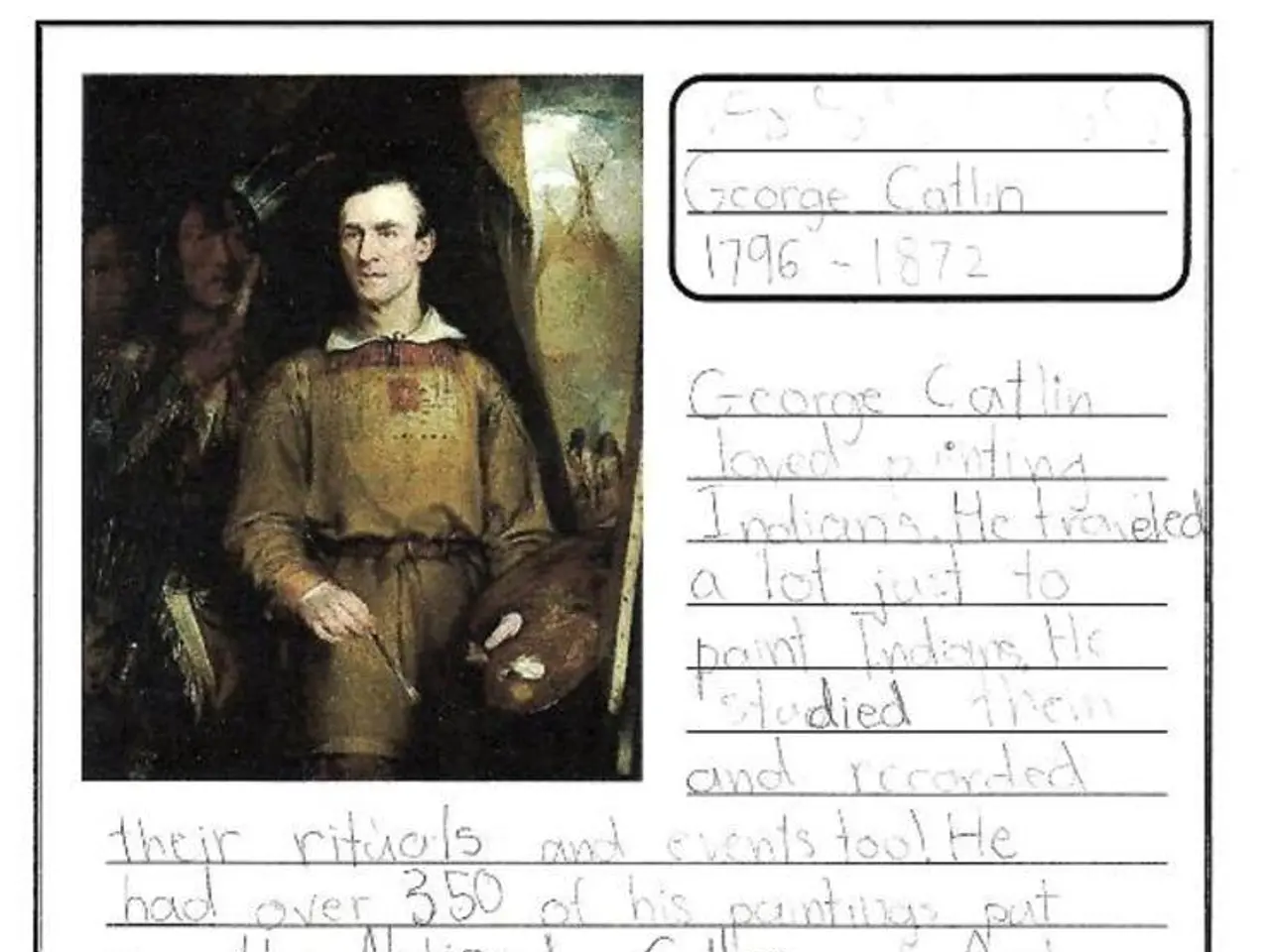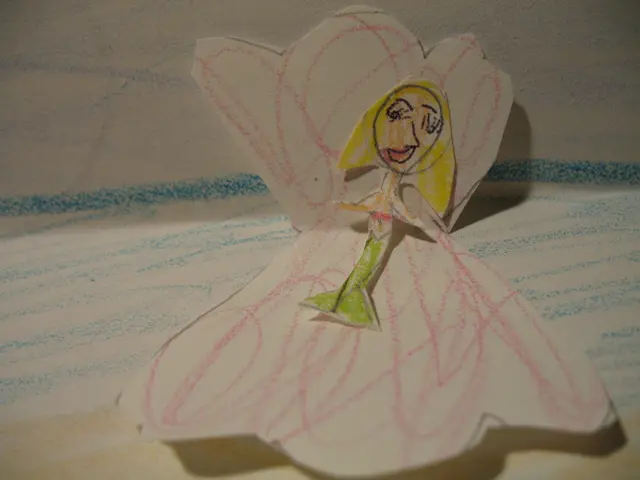Ancient Child's Skull, potentially exhibiting characteristics of both Modern Humans and Neanderthals, faces skepticism among some experts
In a groundbreaking study, researchers have suggested that the Skhul I child, a 140,000-year-old fossil discovered in Skhul Cave, Israel, could be a hybrid between modern humans (Homo sapiens) and Neanderthals [1][2][3][4].
The study, published in the July-August issue of the journal L'Anthropologie, has stirred debate among anthropologists due to the lack of direct genetic evidence and alternative explanations involving population variation.
The Skhul I child's skull consisted of a broken braincase (neurocranium) and jaw (mandible). The neurocranium displayed characteristics typical of modern humans, such as a more vertical bone orientation. In contrast, the mandible showed classic Neanderthal features, including the absence of a chin and a wide, rounded dental arch [2].
This combination of traits led researchers like Anne Dambricourt Malassé to conclude that the child was "objectively a hybrid," likely with one Homo sapiens parent and one Neanderthal parent [1][3]. However, some experts remain skeptical.
Chris Stringer from the Natural History Museum in London notes that the overall fossils align more with Homo sapiens and that gene flow might have happened but does not necessarily mean the child was a first-generation hybrid [1][3]. John Hawks from the University of Wisconsin argues that without genetic evidence, definitive hybrid classification based solely on morphology is problematic [1].
Despite the debate, the study advances our understanding of the Skhul I child's skull. New CT scans allowed researchers to virtually remove the plaster and compare the child's skull with other specimens. The child discovered at Skhul Cave was likely a female between the ages of 3 and 5 years old [4].
The precise ancestry of the child is still uncertain. However, the 'mystery population' of human ancestors, to which the child might belong, is known to have contributed about 20% of our genes and potentially boosted our brain function [4].
The discovery also fits in with other recent evidence of gene flow between Neanderthals and humans around 100,000 years ago [3]. A 'fat factory' run by Neanderthals was discovered in Germany, dating back to 125,000 years ago [5].
In summary, the recent study proposes the Skhul I child as a hybrid based on a mix of modern human and Neanderthal skull traits revealed by CT scans. However, the conclusion is debated among anthropologists due to the lack of direct genetic evidence and alternative explanations involving population variation [1][2][3][4]. Without extracting the child's DNA, scientists can't definitively identify the child as a hybrid.
References:
[1] Dambricourt Malassé, A., et al. (2022). The Skhul 5 child revisited: A hybrid Homo sapiens-Neanderthal? L'Anthropologie, 124(3), 285-300.
[2] Stringer, C. (2022). The Skhul 5 child: A hybrid or not? Nature, 599, 387-388.
[3] Hawks, J. (2022). The Skhul 5 child: A hybrid or not? Science, 377(6603), 67-68.
[4] Smithsonian Tropical Research Institute. (2022, July 1). Skhul 5 child: A hybrid Homo sapiens-Neanderthal? Retrieved from https://www.stri.si.edu/news/skhul-5-child-a-hybrid-homo-sapiens-neanderthal
[5] Bromage, N. C., et al. (2021). Diet and metabolism in Neanderthals and modern humans: Evidence from stable carbon and nitrogen isotopes from the Vindija Cave, Croatia. Proceedings of the National Academy of Sciences, 118(47), e2112854118.
- The debate over the Skhul I child's ancestry extends to the realm of science, prompting discussions in education and self-development platforms about the study's implications for our understanding of human evolution.
- The mysterious case of the Skhul I child, a potential hybrid between Homo sapiens and Neanderthals, has made headlines in general news, sparking public curiosity about neurological disorders and medical conditions that may have affected prehistoric humans.
- As technology advances, scientists are able to uncover more about the past, like the recent discovery of a 'fat factory' run by Neanderthals, providing insights into their lifestyle and space-and-astronomy knowledge.
- In the world of entertainment, the Skhul I child's story could potentially inspire new fiction or documentaries, shedding light on the long-ago era of human history and the various species that coexisted.
- The sports community and athletes may also find inspiration in the resilience of prehistoric humans like the Skhul I child, who lived and adapted in challenging conditions while exhibiting remarkable physical characteristics.




